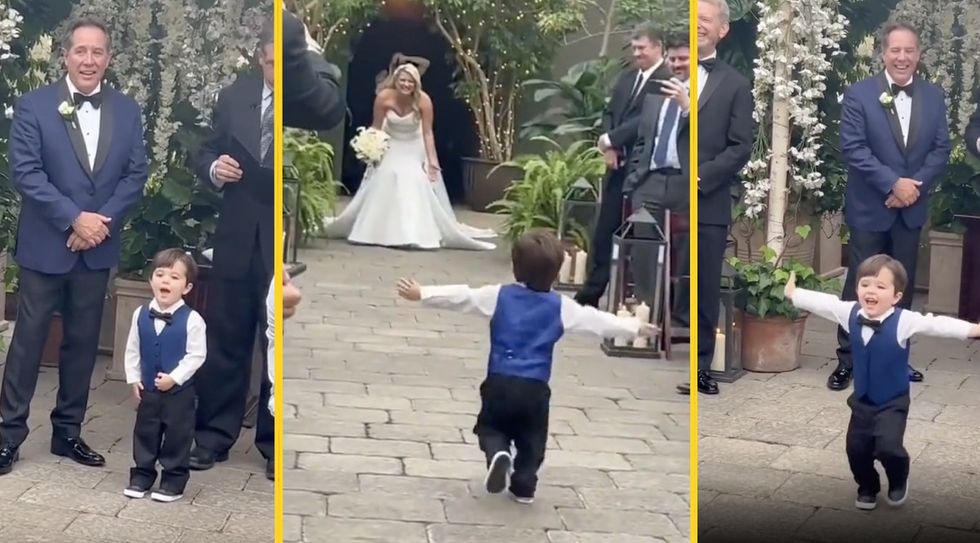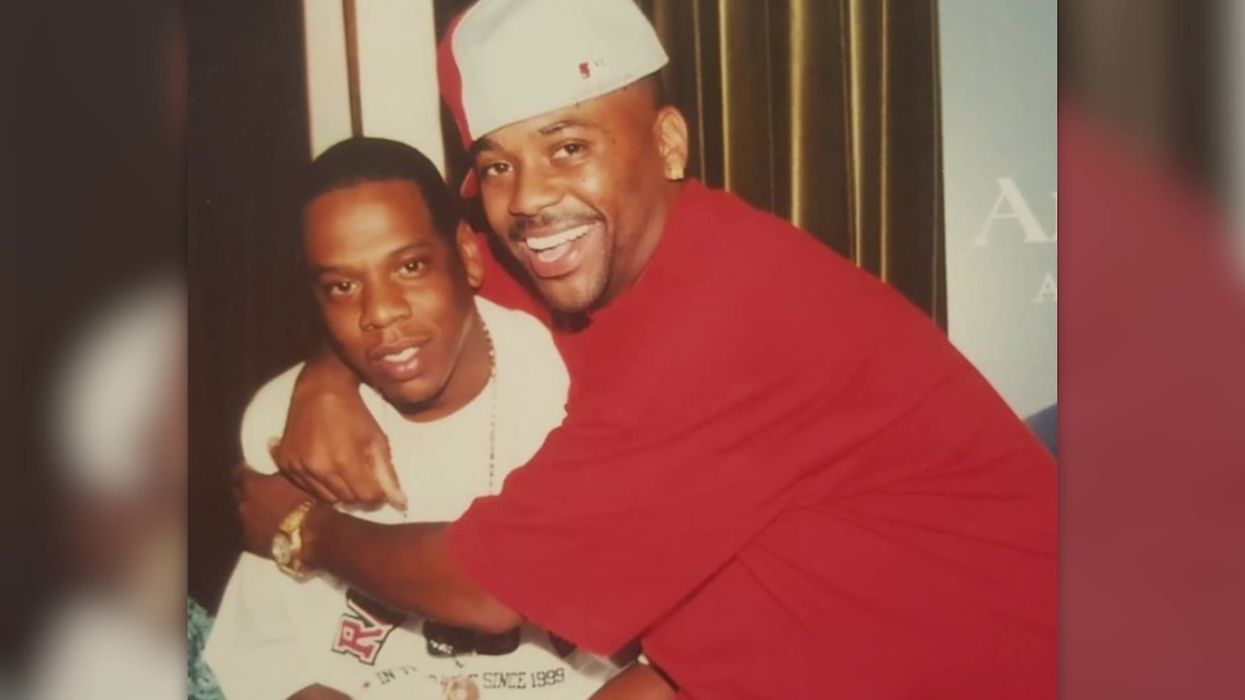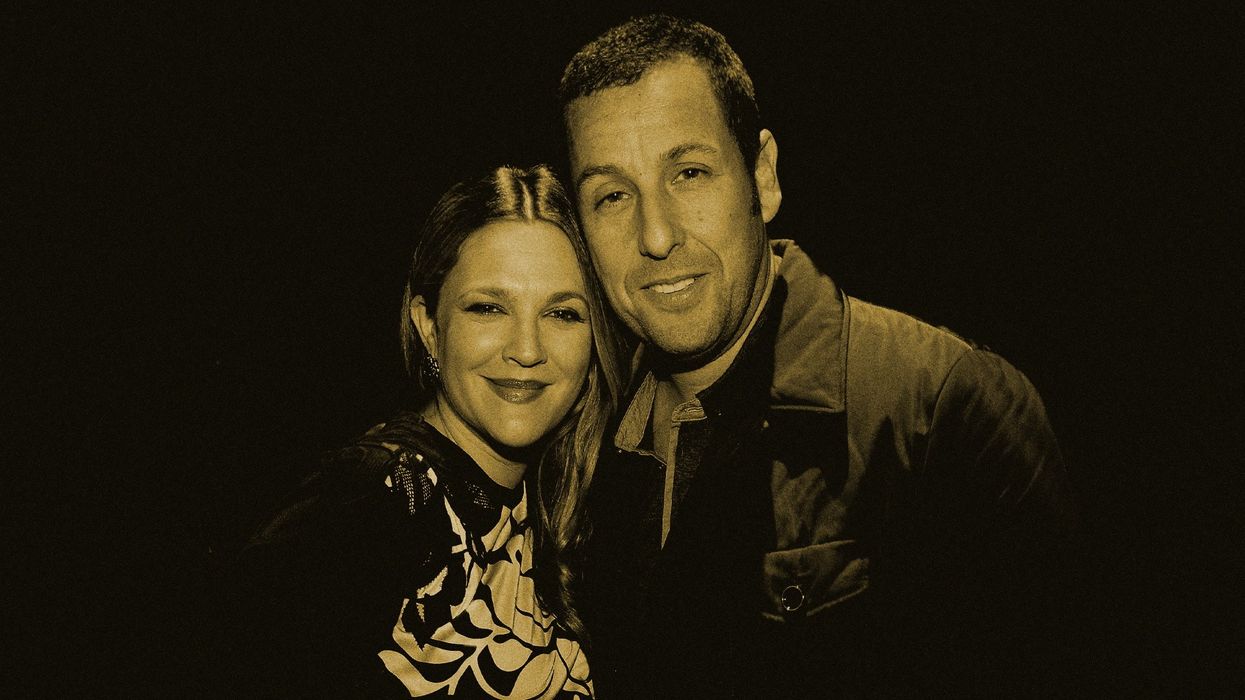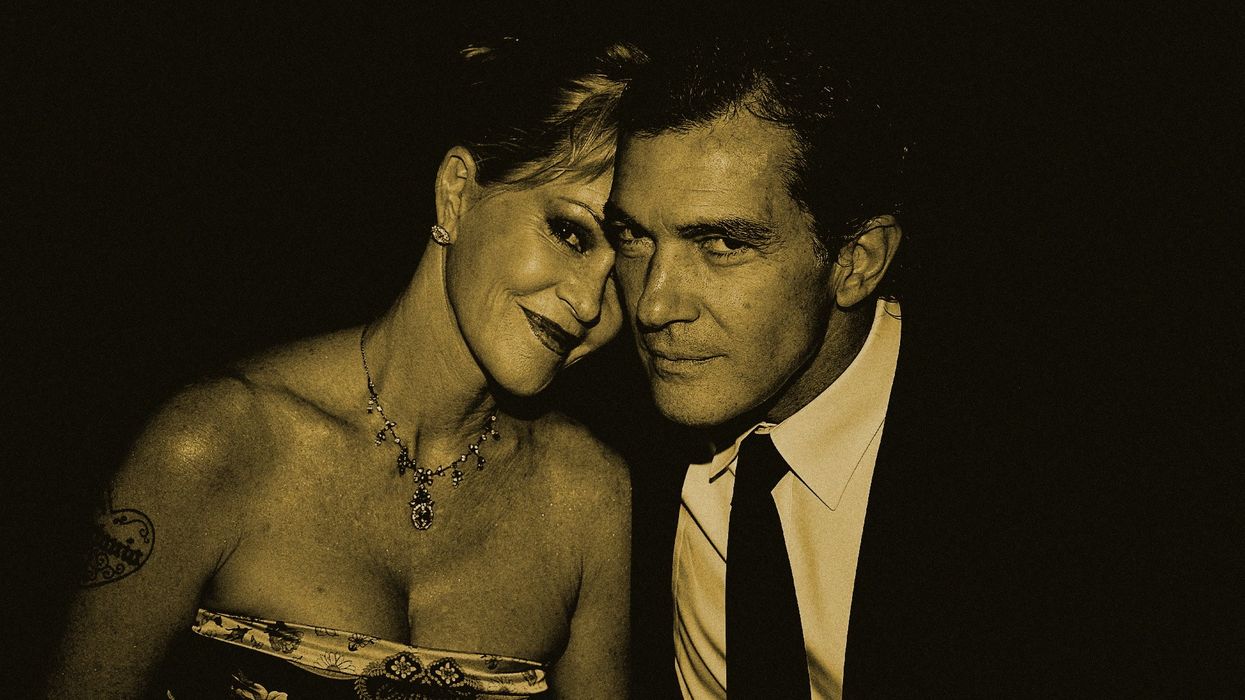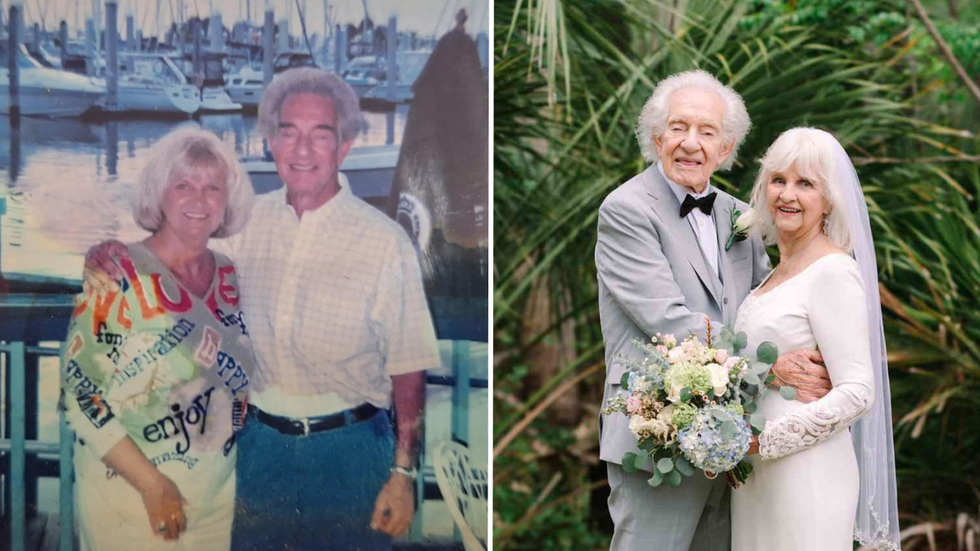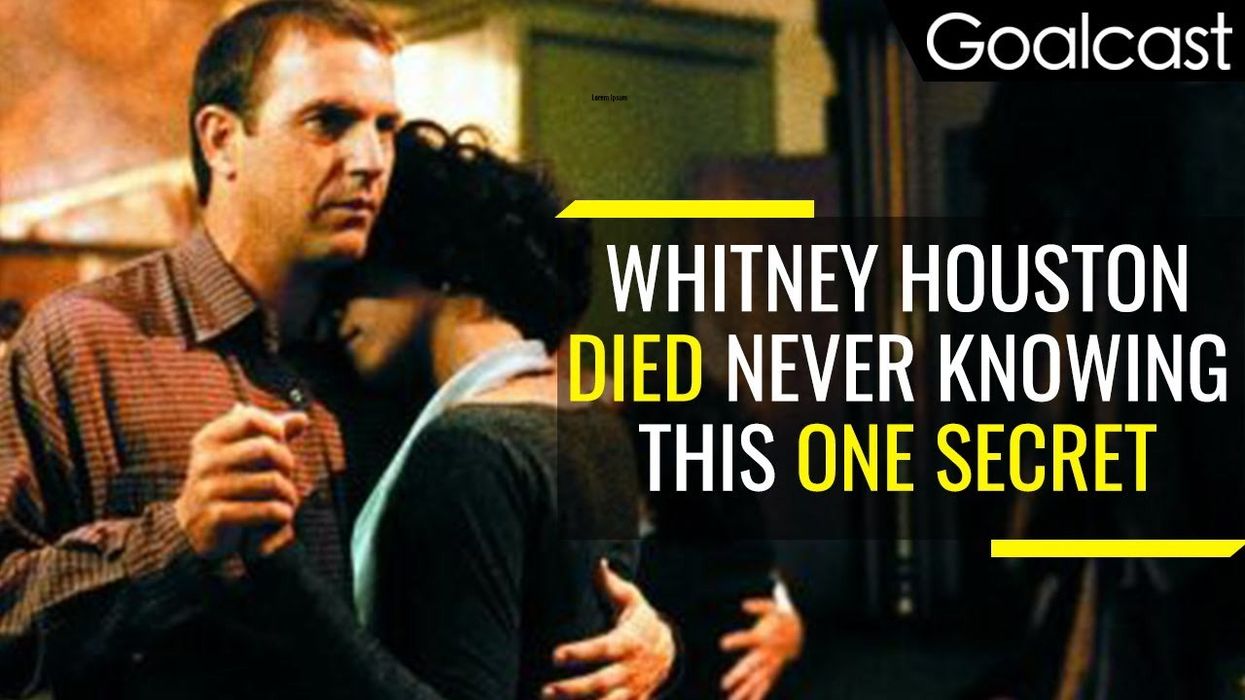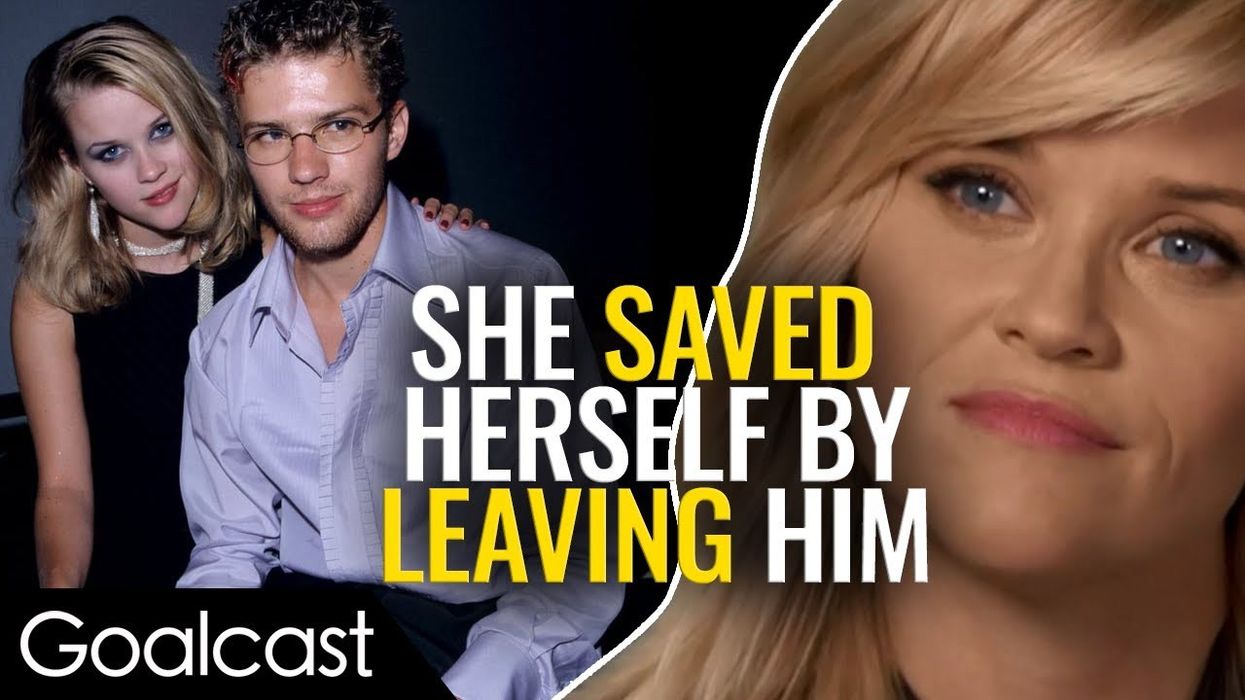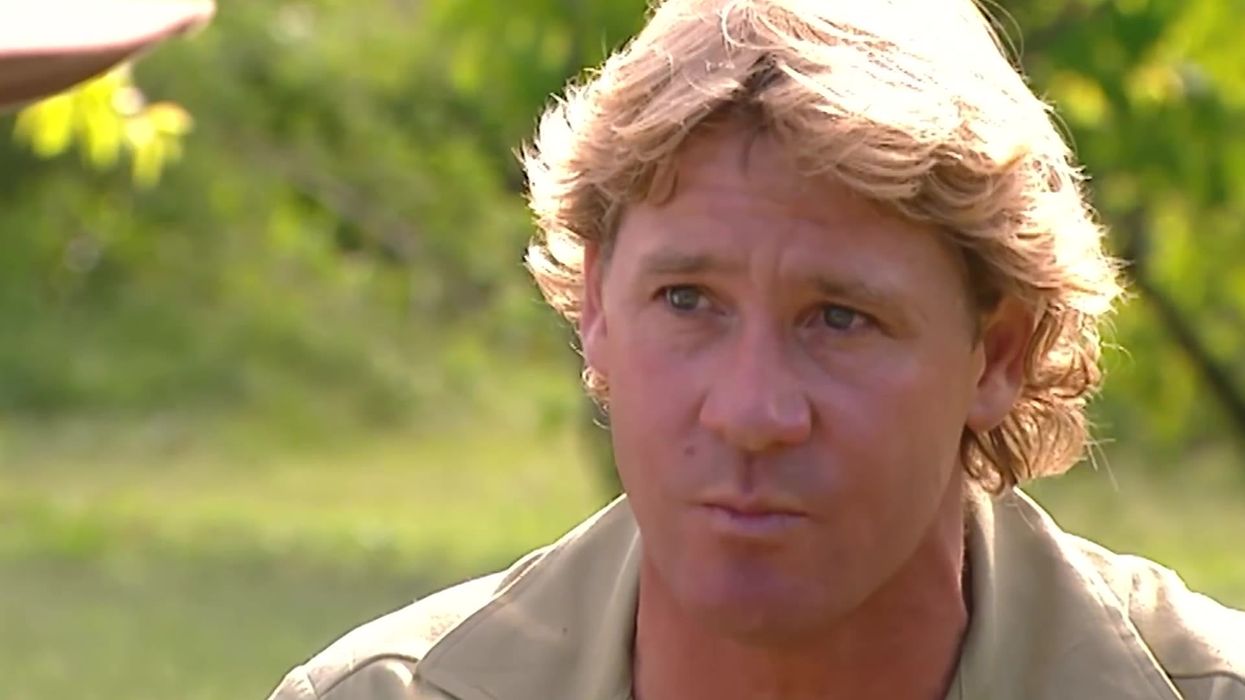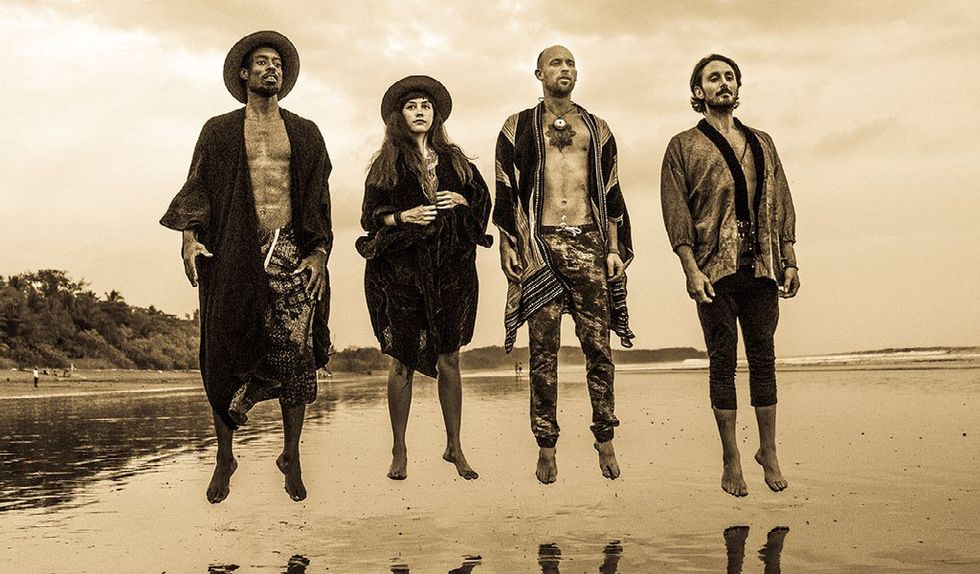
Gone Gone Beyond: How to Master the Art of Active Listening
There’s a whole lot of noise in the world, but not enough listening going on. Gone Gone Beyond is a band trying to change that, through music. Their mission is learning to refocus on the art of listening.
The band is comprised of Mel Seme, David Block, Kat Factor, and Danny Musengo. Seme was trained in Cuba from a young age as a jazz percussionist, Factor is classically trained singer from Santa Cruz, Block is a world class producer from Los Angeles, and Musengo is a prolific song-writer and singer from New York.
Blending each members’ influences, travels, explorations brought Gone Gone Beyond together with the hope of using their blend of art and music to help their audience to grow and evolve socially.
Let's refocus listening in a more interactive way
“How many people really listen to an album anymore? How digestible and disposable has art and music become?” said band member David Block. “What was once the principal means of storytelling, celebration, and something deeply sacred to humanity has become a lot of noise. And we can see this reflected back in our society."
The idea for the band was born out of Block’s vision to inspire people to slow down and create smaller more intimate experiences. “We wanted the audience to explore different modalities of listening; not just to music but focusing on how we listen to ourselves, our communities and our environment,” said Block.
To that end, at stops on the tour, the band tries to team up with nonprofits to bring listening experiences to children in foster and group homes, local schools and even corporate offices.
“We believe every kind of person should have access to education and the inspiration that comes from these kinds of experiences. It was important for the band to make sure that wherever we go, we are helping to connect the people of the community to the organizations doing important work,” said Block.
"We want to help empower people to become more aware and to provide each listener a way to tap from this well, in hopes they might gain some tools that are applicable to them in any life circumstance."
Here's how to master the art of active listening:
1. Comprehension and response
Comprehending is the vital first step in active listening, and asking questions and genuinely absorbing the answers you get is an important part of comprehension.
Part of Gone Gone Beyond listening experience is post-performance question and answer sessions with the audience, and according to Block, every instance has been a memorable one.
“We always have audience members share about their experience slowing down to listen to an album in its entirety and how profound that is for them. Nowadays it seems we are in a fast-paced fast food style of listening to music and many people have shared that its been years since they actually listened to an album, as an experience, from start to finish without skipping forward. It’s also been neat for us to be so open about our experience as a band... the highlights and the struggles,” said Block.
Answering questions and reacting to responses you get will also help you move your listening from passive to active.
2. Retention
To properly process what you are listening to, you need to break down walls of formality and truly communicate. Don't stand on ceremony, just talk about what you thinking and feeling, and do so in an honest, intimate way. The effort will be returned.
“This section of the experience is so fun for us! We get to break down that wall with the audience and connect in a more intimate way. It also provides a platform for each person to feel heard and immersed into the experience. It’s all so valuable to us and we are all really exploring how to evolve together as individuals and as part of this larger community.”
Focus on what is being said to you, not just what you're saying
At the end of the day, it’s all about taking the time to be fully engaged in the moment and what is being shared. “The point is... consciously focusing the entirety of their attention on a single thing. This might seem like no big deal, but it is,” said Block.
It’s all about achieving clarity and breaking down all the other noise cluttering our minds
“If you think of your consciousness as a pool of water, and every thought in your [mind as] a stone cast in the water, how can you truly see your reflection?” said Block. “By sharpening our attention and awareness, we can achieve deeper clarity in all aspects of our lives. These experiences are experiments to explore new ways to practice listening, with music as a tool to guide us.”
3. Focus
To let ourselves actively listen, it means not conditioning ourselves to ‘waiting to talk"; It's also about making sure we’re not figuring out what our response will be before the other is finished sharing.
“It’s focusing the entirety of our attention on a single point of focus. Much like we are breathing all day, yet can mindfully control our breathe, such is passive listening and going about our day, opposed to actively focusing our awareness,” said Block.
We may think we are always choosing to focus our attention but at the end of the day, are we really? “How much of our day is mindless scrolling, checking our social media, reacting instead of responding, sleepwalking through life,” said Block.
4. Listen to people like you listen to music
In music there are different ways of listening, for the artist and the audience. “We might be focused on the words and message of the music, we might be listening to myriad frequencies that are all evoking certain kinds of responses in us or we might be listening to ourselves in relation to our current life experiences,” said Block.
According to Block, each sound we experience brings a response. “Something someone says might bring up an old heart break, a memory from your childhood, some dream about your future or a desire buried deep inside,” said Block.
5. Use everything you hear
It's all important, as is how you apply what you have heard and learned.
"Active listening for our band on a personal level is crucial. We really rely on our active listening skills to collaborate with one another and to work through difficult circumstances...after all, we are all in relationships with one another; we are a family and so, these skills have really helped us to be even more supportive of one another in the studio or on the road,” said Block.













